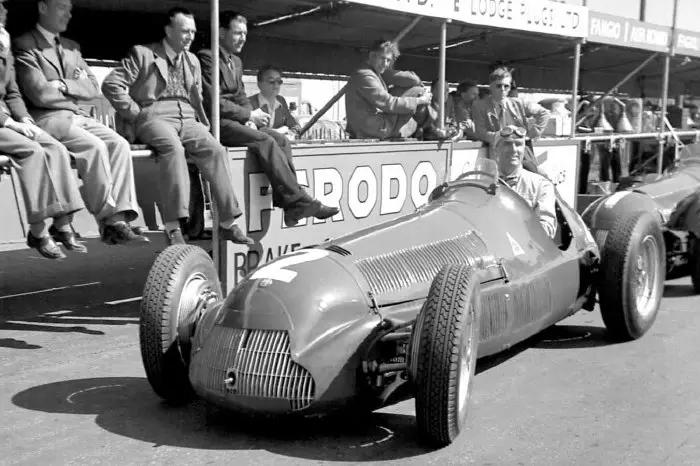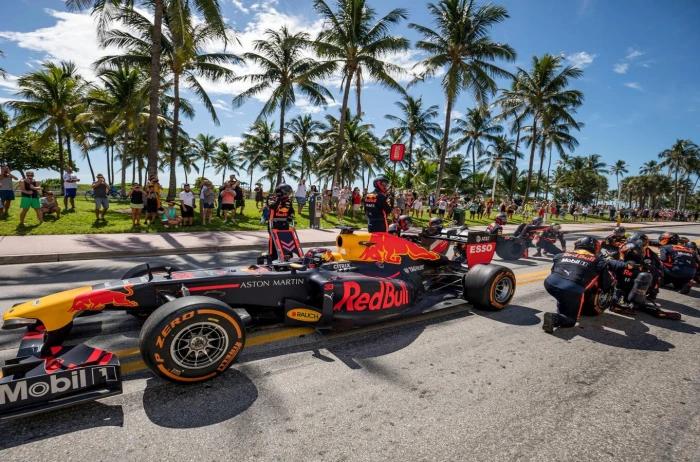Five crazy facts about the first ever F1 season in 1950

We’d like to wish Formula 1 a very happy birthday, as Friday, May 13 is the 72nd anniversary of the first World Championship Grand Prix at Silverstone. But a lot has changed since 1950…
Of course, the premise is the same as it has always been - drive as fast as you can and try to finish the race first. But the way the sport has developed has made it almost unrecognisable compared to what it was many years ago.
Sadly, with the recent passing of six-time Grand Prix winner Tony Brooks, no-one who raced in the 1950s is with us in the present day.
But having dug through the archives, there's plenty that is different about the sport now. Here's a selection of some of the aspects of 1950 that seems a world away from today's F1.
More races, yet fewer races at the same time
Only seven official Grands Prix made up the 1950 World Championship, but a further 17 non-championship races took place in the year.
So effectively, that means there were 24 races, but only seven of them counted towards the title. Work that one out.
Sometimes, not all your results counted
When it came to scoring the World Championship back then, it was harder to get points, for a start.
But even then, when you were lucky enough to finish in the top five and score points, not all of them necessarily counted towards your World Championship total. Odd, isn't it?
The initial points rules meant that, even if you finished in the points at every race, only your best four results counted towards the overall tally.
Take Luigi Fagioli as a prime example from 1950. He earned five podiums overall that season, which would have been good enough for 28 points and second in the championship.
But his third place at Monza was struck off, leaving him down on 24 for the year. Seems a bit unfair, really.
The Indy 500 was in Formula 1
From Hamilton in 2020, all the way to Farina in 1950 🤯
— Formula 1 (@F1) August 10, 2021
How far could you get naming every #F1 champion back-to-back? Take it away, Seb... pic.twitter.com/fWjNuPacuH
Yes, you did read that right. From 1950 until 1960, the Indianapolis 500 officially counted towards the Formula 1 World Championship.
Eventual World Champion Nino Farina tried to get his car out to America to take part, but he was unable to do so.
This left an all-American field in one of motorsport's 'Triple Crown', but none of them took part in another Formula 1 race in its inaugural season - rendering it all a bit meaningless due to the lack of people crossing categories.
As close as the two worlds come now is the odd driver taking time away to compete in the 500 (Fernando Alonso, in recent years) or seeing familiar former F1 faces try their hand in the States.
The sheer number of drivers involved
Even though this number is inflated in part due to the Indy 500 field, a whopping 81 drivers are listed as having entered in a Formula 1 round in 1950. Eighty-one!
Of course, there was never anywhere near that amount of traffic on track at the same time, but the number of drivers entering for the odd race here and there must have made things pretty difficult to keep up with from race to race.
No Ferrari, no party
Ferrari and Formula 1 go together hand-in-hand, to the point where it seems like you can't have one without the other.
But at the very first race at Silverstone, Ferrari weren't actually involved, as founder Enzo Ferrari opted against sending any of his cars to the UK for the inaugural World Championship round.
Ferrari may be the longest-serving Formula 1 team by a country mile, and they took part in all three non-championship races before Silverstone, but they weren't *technically* involved in the sport from the start.

